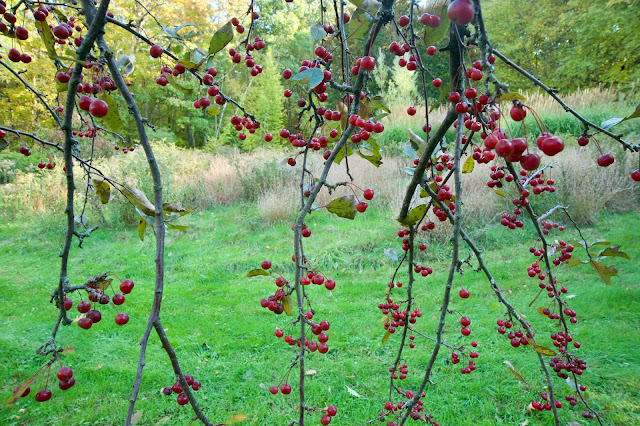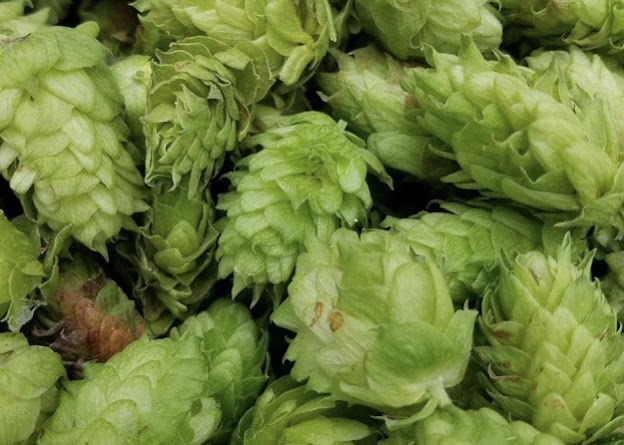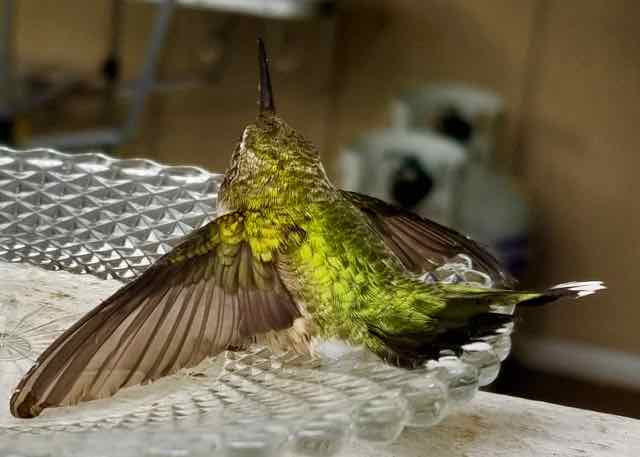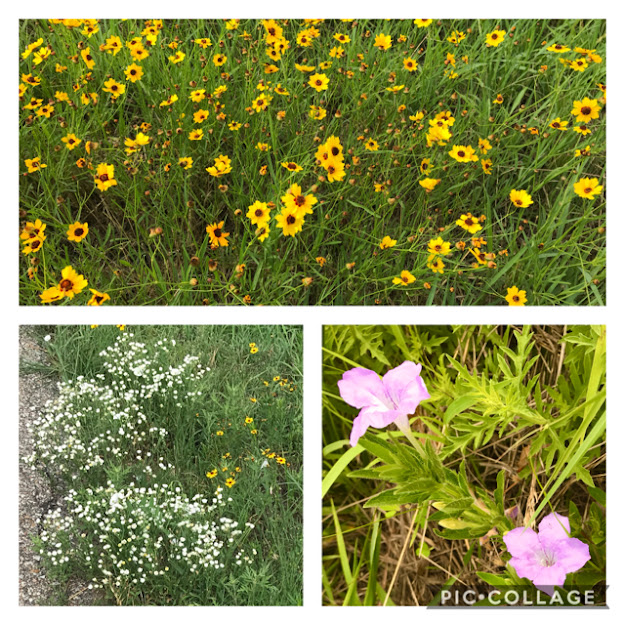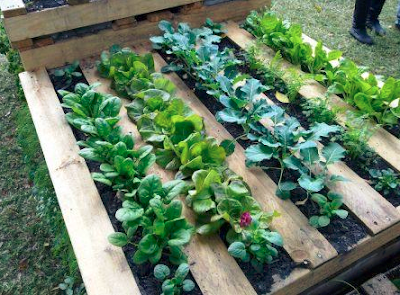Christmas Plants
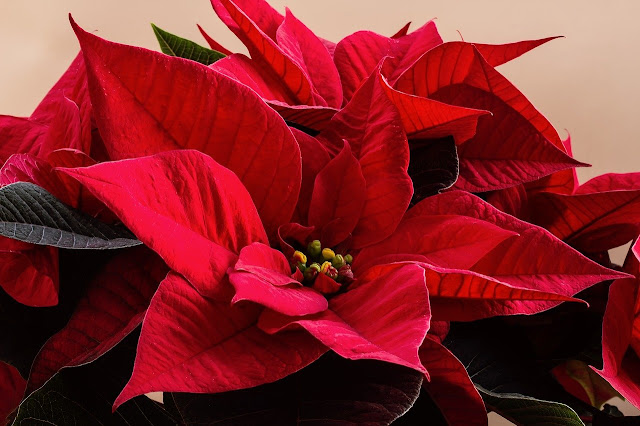
Poinsettias are absolutely everywhere during the holidays, and for good reason! They're beautiful, festive, and easy to take care of. With proper care poinsettias should retain their beautiful color throughout the holidays. Poinsettia plants should not be exposed to cold temperatures. They are best placed in a paper plant sleeve to protect the plant from the cold as well as to prevent them from breaking. If temperatures are well below freezing, all parts of the plant should be protected from the cold. Be sure to remove wrapping as soon as possible after bringing indoors. Remove wrapping from the bottom up to avoid damaging your plant. Choose an indoor location out of direct heat, cold drafts, and sunlight. Your poinsettia will not do well if placed in a busy entryway where doors are constantly opening. Be sure to keep your poinsettia away from windows because direct sunlight and cool temperatures can cause the foliage to wilt or drop. Cooler temperatures will prolong the bract

